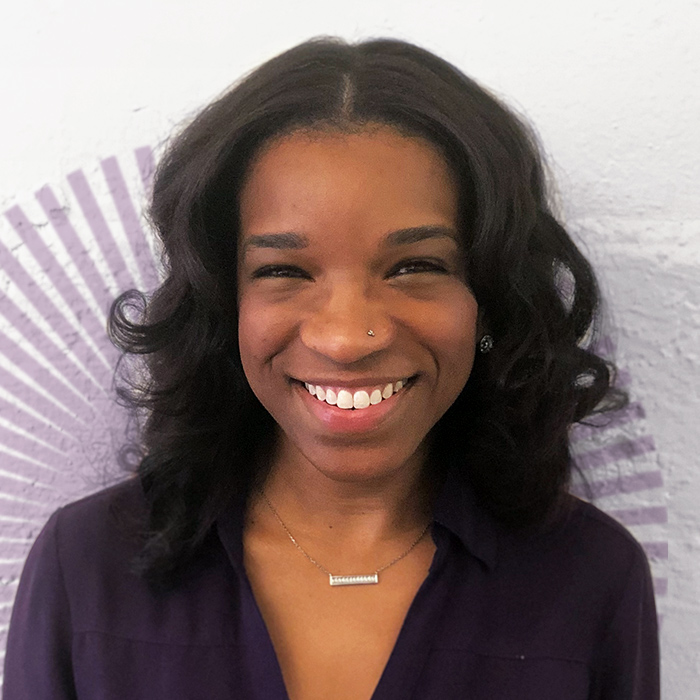Let’s Break it Down | Jane Campion Should Have Embraced Discomfort, Not Venus
“Venus and Serena, you’re such marvels. < pause >” The pause in Jane Campion’s acceptance speech at the Critics’ Choice Awards was awkward enough, but I wasn’t prepared for the diminishing sentence that came next, “However, you don’t play against the guys, like I have to.” I was shocked. And I wasn’t alone. Many have marveled at how Jane’s accomplishment of winning an award for best director wasn’t enough to celebrate without punctuating her speech by throwing Venus and Serena — whom she was not competing against — under the bus.
Take after take has highlighted how problematic Jane’s initial statement was. The implication that the two Black women — GOATs who have traversed -isms of all kinds on their path to greatness — were just a little less great because they didn’t deal with sexism as Jane did has resurrected important conversations about White feminism. People have pointed out the connections to the workplace as well. But it was actually an image that stuck with me the most: the post-show picture of Jane enveloping Venus in what I’m sure was meant to be a hug but rather looked like a “please forgive me for my racism” squeeze. As one person put it, “We have all been in that same chokehold of having to play the good sport while our offender reassured us that ‘You know I really love you.’”
Indeed we have. Like when I was summarizing my research project for a visiting speaker during graduate school and another first-year student tacked on that my research was “an extension” of hers, implying that I was building on her ideas instead of pursuing novel ones of my own. Or another time, when a peer condescendingly told me that I was “on a different track” than she was. In both cases, after I took offense, I was told they didn’t mean it “that way,” squeezed on the shoulder, and left to go on my merry way.
But why? Where do these interactions come from? Aversive racism theory gives us some answers. Although societal norms have (mostly) shifted to denounce explicit forms of racism, the feelings and beliefs that were the foundation of that racism have not disappeared. For people who want to believe they are egalitarian, it can be unsettling — aversive — to engage with those lingering racist feelings and beliefs. But the danger is that aversive racists avoid their unconscious racist beliefs; if/when they do emerge, instead of doing the work to uncover and eradicate those biases, aversive racists may become defensive and try to explain them away. They may also pursue other ways to prove their egalitarian beliefs to others and themselves, like seeking reassurance from the target (e.g., hug-squeezing the very person they offended).
These quick actions to save face keep people from engaging with the negative impact of their behavior, and plenty of research finds that acknowledging the negative impact of your bias and embracing the guilt and discomfort that comes with it is crucial for bias reduction. What does this process look like?
- PAUSE: If you see yourself as an egalitarian person, realizing you said or did something biased will be unsettling. Instead of seeing it as an indictment of your character, acknowledge it for what it is: a gap between the person you want to be and the person you are.
- ACKNOWLEDGE: The tricky thing about aversive racism is that people almost never intend to be biased. But this is why intention doesn’t matter — impact does. Practice recognizing that you did harm to someone else, and take that seriously.
- QUESTION: Do some deep introspection to try to figure out what was going on that led you to do or say the thing you did. What emotions were you feeling: were you especially threatened, or maybe excited, in that moment? Who was around at the time: maybe there were people you wanted to impress in the audience? Why did you involve the person or group that you did? As you answer these questions, be honest. You might feel embarrassed or angry, or a whole host of other emotions. That’s okay. Sit with them, and don’t move from this step until you’ve really worked to understand the why.
- PLAN: After you understand why you did what you did, you can then think about the actions you want to take. It may be time for an apology, but if the opportunity for an apology has passed, look to how you’ll behave differently in the future. For example, perhaps you realized that you’re likely to make jokes at the expense of others when you feel nervous. Create a plan for how you’ll acknowledge those nerves when they arise, and decide how you’ll redirect that energy.
This process takes time, but the good news is that it gets easier and faster over time. And, taking these steps makes you less likely to commit the same blunders in the future. But, if we skip these steps and just seek reassurance that it was alright — whether through a hug or a squeeze on the shoulder — we miss the opportunity to ask ourselves how we can do better.
March 16, 2022

 Our website uses cookies to distinguish you from other users of our website. This helps us to provide you with a good experience when you browse our website and also allows us to
improve our site. By continuing to browse our website, you’re agreeing to our use of cookies. For more information, please read our
Our website uses cookies to distinguish you from other users of our website. This helps us to provide you with a good experience when you browse our website and also allows us to
improve our site. By continuing to browse our website, you’re agreeing to our use of cookies. For more information, please read our
